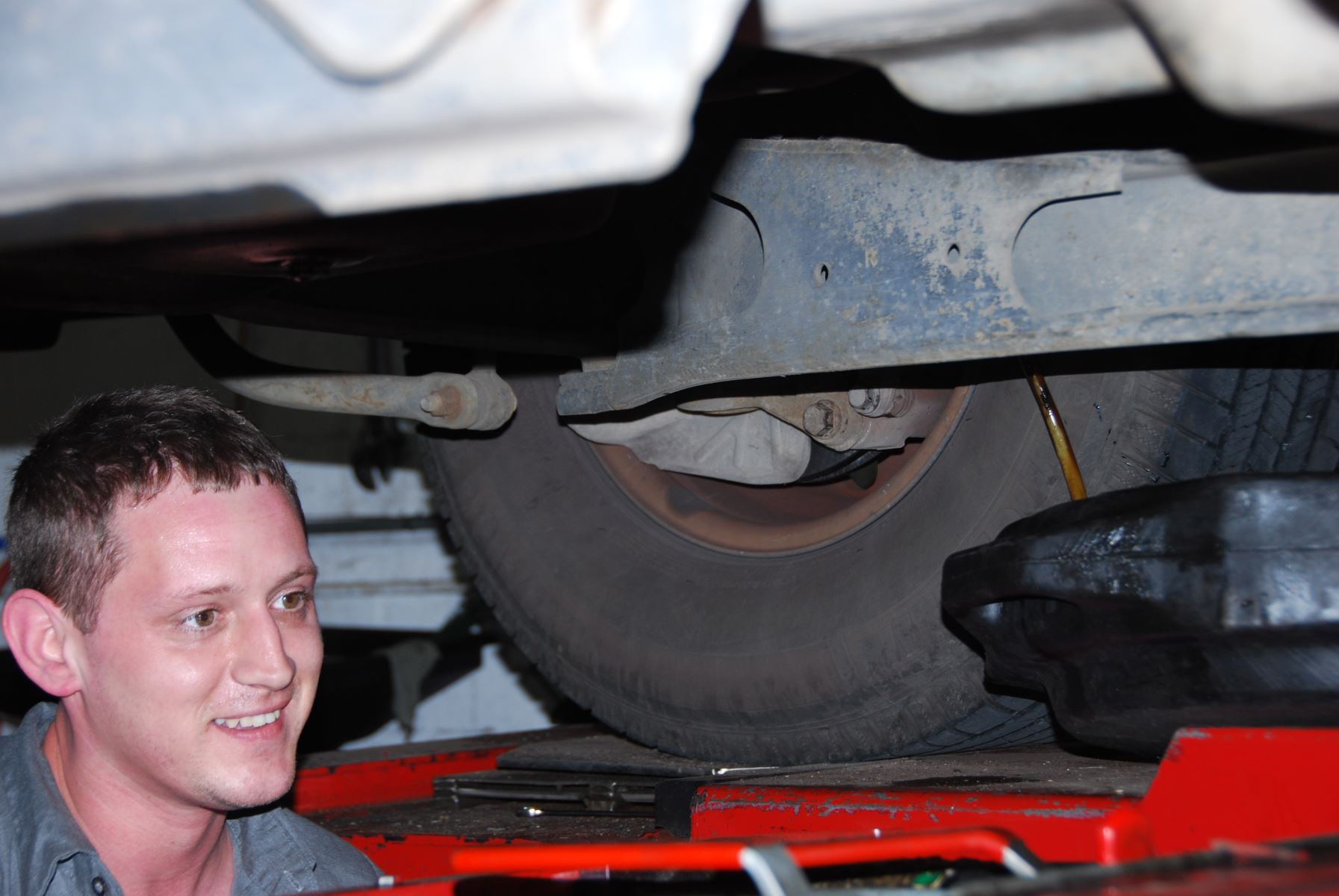The summer months are the perfect time to travel and see our wonderful country. National parks, state parks and theme parks are great family vacation destinations that don’t have to involve the hassle of airports, airport security and cramped airplane seating. Some sites are reachable in a drive of just a day or two drive.
In this peak summer travel season, keep a few things in mind before traveling long distances. An unplanned breakdown can halt your travel, disrupt your vacation and cause a great deal of stress. Being at home and getting your vehicle ready for a trip during hot weather is so much easier than waiting in a motel somewhere on the road while repairs are made.
The first stop should be your favorite repair shop for a pre-trip check. This is most important for vehicles with more than over 80,000 miles or those who have not had good, consistent preventive maintenance.
 The most important focus should be your vehicle’s cooling system, because 85% of all major engine damage happens when an engine overheats. Your repair shop should pay special attention to all the cooling hoses, water pump, radiator and other parts of the system, which is one of the largest systems in a vehicle.
The most important focus should be your vehicle’s cooling system, because 85% of all major engine damage happens when an engine overheats. Your repair shop should pay special attention to all the cooling hoses, water pump, radiator and other parts of the system, which is one of the largest systems in a vehicle.
Newer vehicles include a lot of plastic in the cooling system that gets brittle with age. If one plastic part breaks, it is a very good idea to replace all of the plastic components of the cooling system at once. That includes a lot of water pumps because they have plastic impellers.
One of the stress tests I have recommended is lightly hitting the upper radiator inlet with a hammer. If it breaks, time to replace a radiator and all the plastic pieces of the cooling system at a convenient time.
A vehicle owner’s role in helping the shop diagnose a cooling system is to observe where the temperature gauge settles in after a long hot drive. This is hard to duplicate in the shop or in- town driving. Slightly plugged radiators are often not diagnosed without the customer’s input that the temperature gauge reads high after freeway driving.
Tires, fluids and other routine service items will be checked during this inspection. If you have service records from other shops, be sure to let the shop see them so they can make informed decisions of what needs to be done.
More warm-weather checks
Make sure you fuel tank is full before leaving. In hot summer driving, it is a good idea to fuel up before the tank gets below 1/8 of a tank. In most cars, the fuel lubricates and cools the fuel pump.
Ensure your tires are in good shape and the tire pressure is correct. Only check tire pressure on “cool” tires, that is before the vehicle is driving or just a short distance. Never check tire pressure after a long drive when the tires are hot; you will get an erroneous reading because of air expansion inside the tires. Correct tire pressure levels for a particular vehicle are recommended by the manufacturer and indicated on the driver’s door jamb and/or in the owner’s manual, not on the tire itself.
Check the oil level before you start the vehicle or after 3 minutes of sitting on a warm engine. The worst time to check oil is to start it cold, shut the engine off and then check the oil. The oil is thicker and wouldn’t have the chance to return to the oil pan.
Keep an eye on the temperature gauge as driving. Overheating an engine causes major engine damage. Never check the coolant on a hot engine, opening the cap could cause the coolant to boil causing a major geyser, burning the people around.
If you do break down, be sure to pull as far off the road as possible and set the emergency flashers. Be very careful, freeway traffic is very fast. If you’re changing a tire, it’s a good idea to have a spotter watching traffic.
Travel with a cell phone to be able to call for help. Leave the cell phone out of reach so not to be tempted in the distraction of looking at it as driving.
Take care of the driver, the driver should be fully rested, with breaks every 3 hours.
Tip from George
On a day- to-day basis in the summer, getting into a hot vehicle is uncomfortable. The temperature inside can exceed 140 degrees. To cool the vehicle inside quickly, roll down the window for the first minute or two of driving to remove some of the very hot air. Cooling the interior to comfortable air-conditioned temperature of 70 degrees will often take 20 minutes, so be patient. And of course, never leave children or animals inside a vehicle with the windows up. It’s a greenhouse in there and can kill quickly.